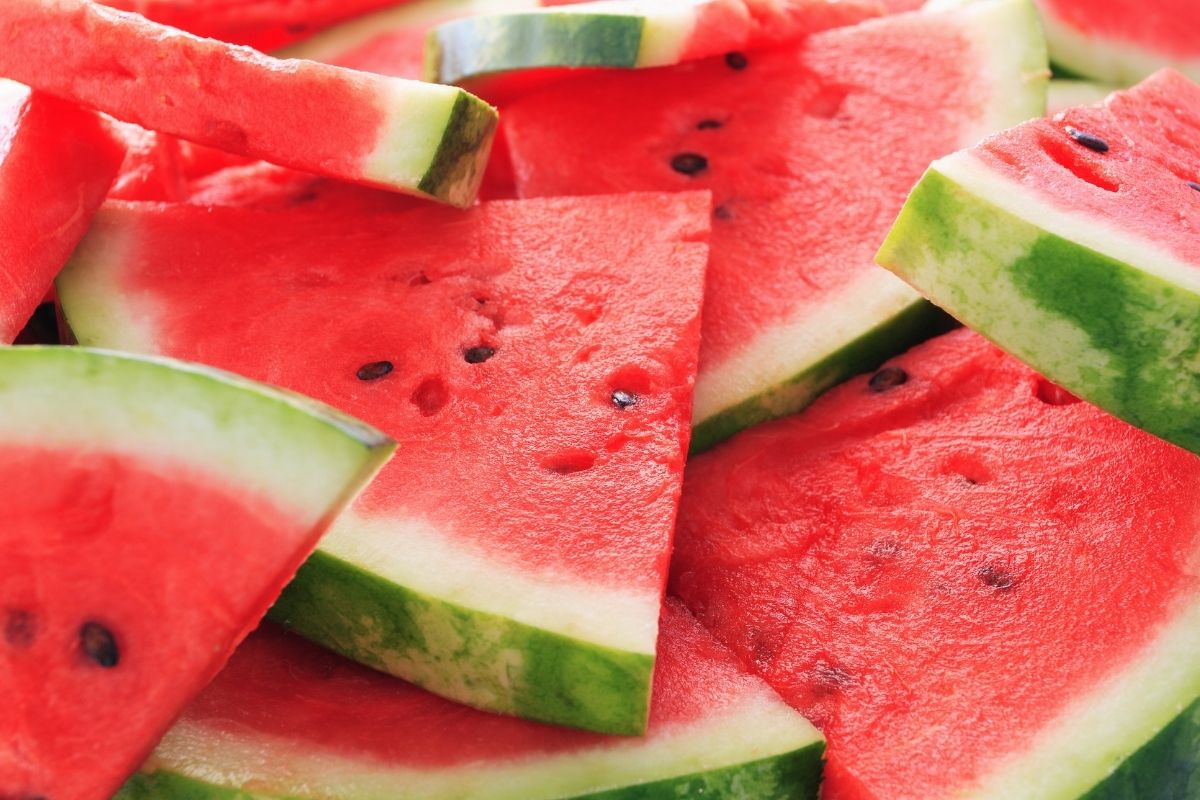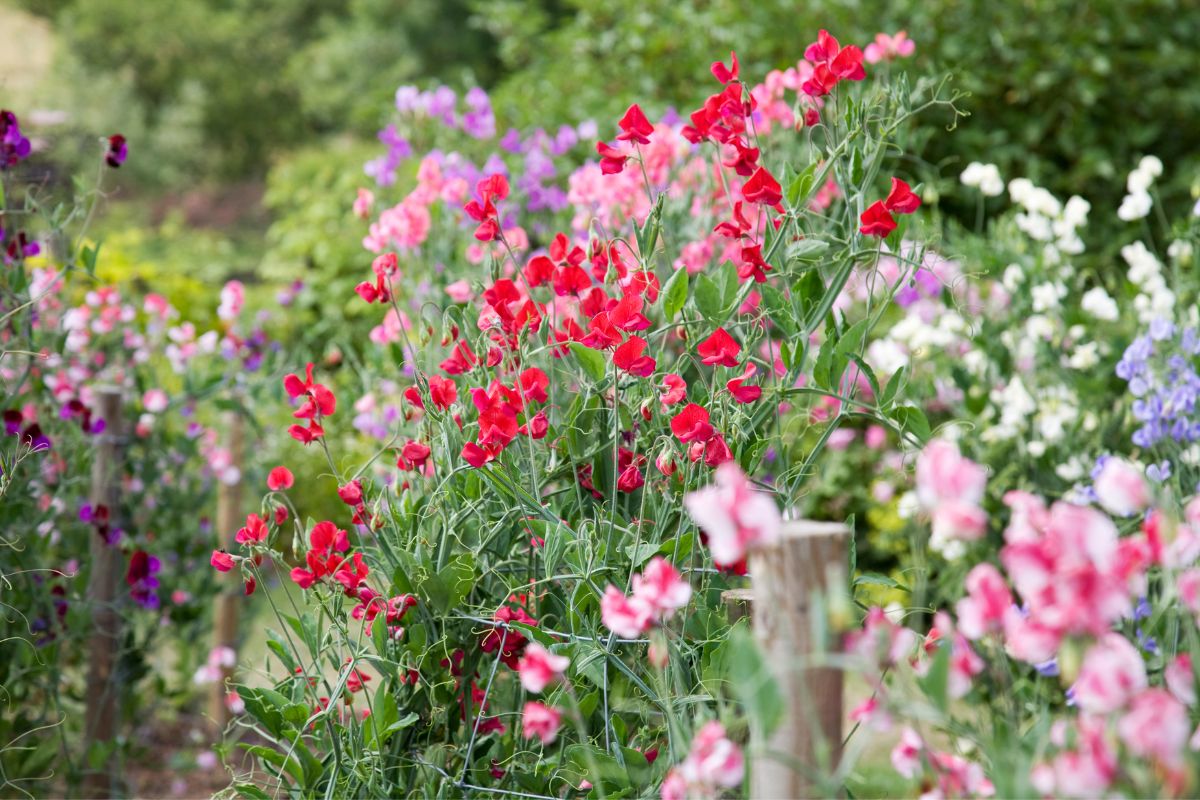How often do you see someone growing potatoes in a bucket? If you’ve never seen anyone do this before, then you might wonder why they would want to.
After all, potatoes are commonly grown all over the world in the ground. They are a staple food in a lot of cuisines, as they are inexpensive, nutritious, versatile, and delicious.
In addition, they store well and can be stored for months without spoiling.
Potatoes are very easy to grow from seed. All you need is a pot or bucket filled with soil, some seeds, and water.
The trick is to plant them at the right time of year. Potato plants require lots of sunlight.
They also like cool temperatures, so if your house gets too hot during summer, try planting potatoes outside.
Growing potatoes in a bucket isn’t difficult. It just takes patience.
In this article, we will give you all the tips that you need to be able to grow potatoes in a bucket.
Growing Potatoes In A Bucket Method
Step 1
The first step is to prepare the bucket. Fill it with a good quality potting mix and add some fertilizer. For organic gardening, use compost tea instead of fertilizers.
Step 2
Next, place the container in full sun. Then, fill the bucket with water. Make sure there are no air pockets inside the bucket.
Step 3
Now, wait until the soil has warmed up. Once it does, sprinkle the seeds over the top of the soil. Cover the seeds with more soil.
Step 4
Now comes the tricky part: keeping the lid on. Water the plants regularly, especially when they sprout leaves. Keep the lid on as much as possible.
Step 5
After a few weeks, remove the cover once the plants begin to grow. At this point, you should notice roots starting to form.
Step 6
Continue watering your plants every day. When the plants reach their final size, harvest them by carefully lifting the bucket off the ground.
Step 7
To store your potatoes, simply wash them and put them in a plastic bag. Store them in a cool, dark location.
Growing Conditions Potatoes Need
Sunlight Requirements
Potatoes need around 7 to 10 hours of sunlight a day. As these vegetables grow under the ground, then they can handle direct sunlight as well.
Thus, this is important to think about when you decide where you keep your buckets containing your potatoes.
You want to choose somewhere that gets plenty of sunlight, and direct sunlight is even better.
Water Requirements
Potatoes are susceptible to root rot. As a result, you must drill holes into the bottom of the container or bucket you plant it in.
You want to keep the soil moist and damp, but it shouldn’t be saturated.
Therefore, you may have to water your plants every day, but this will vary depending on the climate that you live in.
It is important to note, that on extremely hot or windy days, your potato plants in the bucket will dry out much quicker than if the plants were in the ground.
In this situation, you may have to water the plant twice a day to keep the soil damp.
Alongside that, it is worth placing your bucket on some bricks or something that slightly raises the bucket from the floor.
This way your bucket won’t be in direct contact with the ground where pests and bugs can easily get into your bucket and destroy or eat your potatoes.
Soil Requirements
When it comes to the soil that you are choosing to plant your potatoes in, you want something that can drain quickly but also retains moisture.
You also don’t want the soil to compact too much, either.
Generally, a generic potting soil will be ideal, or you could try a moisture control mix, as it will stay damp for much longer.
However, the main thing is that you place plenty of holes in the bottom of your bucket, to allow the water to drain out easily.
Some gardeners like to create their own mix using a 1:1:1 ratio of compost, peat moss and gardening soil.
With bucketed potatoes, you will water the plants more and wash away nutrients, unlike when potatoes are planted in the ground.
Therefore, you should start with a good fertilizer when you plant your potatoes at the beginning.
Then you should try to fertilize them as regularly as they grow. This will ensure that they have the right nutrients in their soil to help them to grow healthy.
Potato Seed Types
There are many types of potatoes. Some people prefer sweet potatoes, while others prefer russets.
There are even varieties of potatoes that are grown specifically for french fries. Here’s what each type looks like.
- Sweet potato – This variety grows about four feet tall. Its skin is yellow-orange and its flesh is white.
- Russet potato – This variety grows between three and six feet high. Its skin is red, and its flesh is white or cream-colored.
- Yellow potato – This variety grows only two to three inches high. Its skin is light green and its flesh is orange.
- White potato – This variety grows anywhere between one and five feet high. Its skin color ranges from white to pink.
- Red potato – This variety grows up to four feet high. Its skin turns red when cooked.
- Purple potato – This variety grows less than an inch high. Its skin is purple, and its flesh is white and purple.
- Blue potato – This variety grows around two feet high. Its skin can range from blue to black.
Final Thoughts
Growing potatoes in buckets is really easy.
The main thing to remember is to make sure that you have enough drainage holes in the bottoms of your pots so that the water can drain out.
Also, make sure that you fertilize your plants regularly.
We hope that you have found this article useful and now have a better understanding on how to grow potatoes in buckets.
- Pull Sprouts: 1 Potato Peel, 200 Plants - July 7, 2022
- Creeping Thyme: Flowering Herb And Ground Cover - July 7, 2022
- East meets Midwest in the garden of Linda Brazill and Mark Golbach, Part 1 - July 7, 2022







